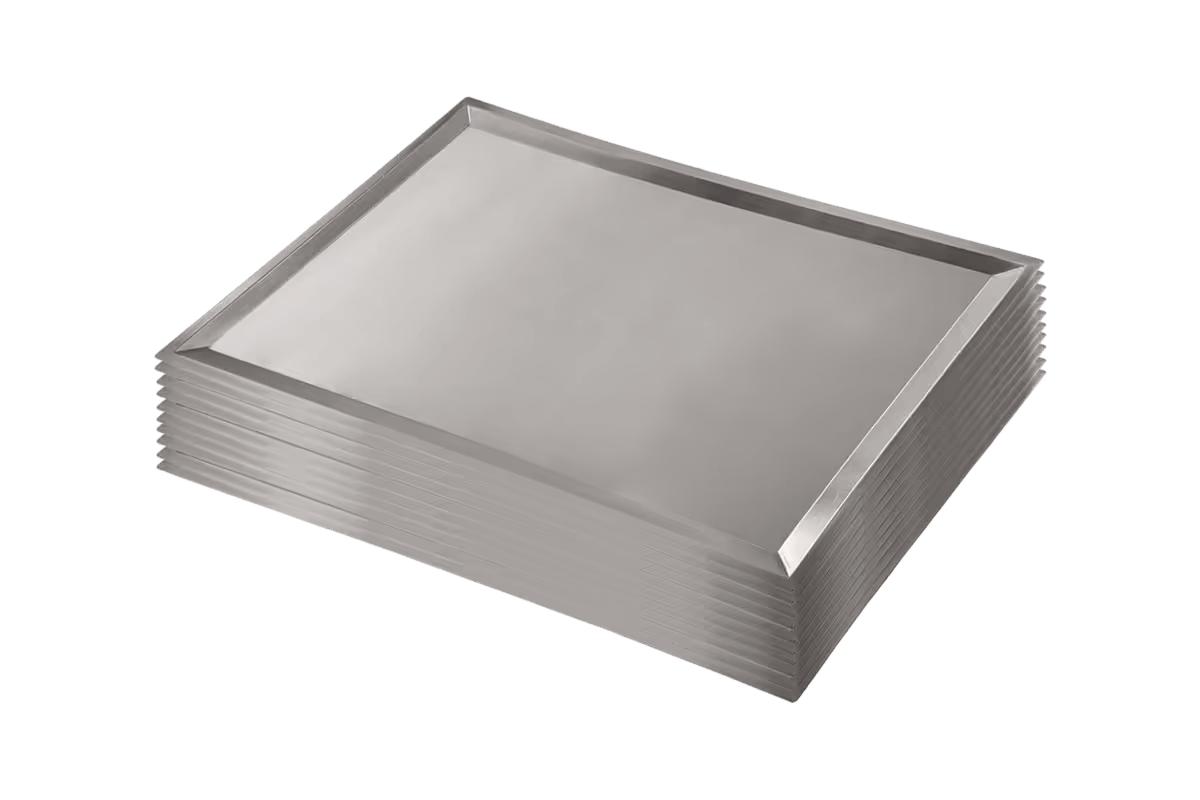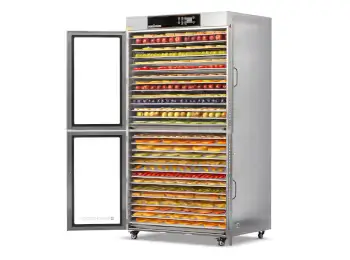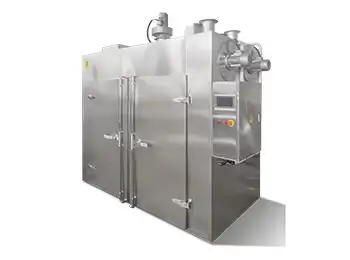Food safety for dehydrated fruit and veggies
Preserving food when plentiful, to prepare for leaner times, is an ancient practice. There’s evidence cultures in the Middle East and China were using the sun and wind to preserve food such as fish, meat, fruit and vegetables, as far back as 12,000 years ago.
Widely use by combat troops during World War II, dehydrated food, unsurprisingly, fell out of favor with the public after the war. It wasn’t until the cultural revolution of the 1960’s, with a renewed focus on all things natural, that dehydrating foods experienced a renaissance of sorts.
As with all food preservation methods, there are certain steps along the way that present safety issues. Sourcing, producing and storing dehydrated fruits, vegetables and other produce correctly is important. It keeps the food, and the humans who consume it, safe.
Sourcing quality produce
Dehydrated food is cool again. You only need to check the fruit, veggie and health food aisles. People are living busy lives and want portable, tasty and healthy snacks. And not just snacks. Meals resembling grazing tables are almost the norm in some homes and offices around the world.
With the seemingly endless array of food and diet fads, if people can’t make their own food, they want to know what goes into the foods they do buy.
So, it goes without saying, that means sourcing quality produce.
Locally grown fruits and veggies
There’s never been a better time to support local business and buy locally grown, seasonal produce as often as possible. Farmer’s Markets are a great place to start. You can find local markets here.1
Buying in season means you’re:
- more likely to buy local produce
- maximizing the nutrient content, and;
- getting better value for your dollar.
Not sure what’s in season? Check out this seasonal food guide2 to see what’s best at different times of the year throughout Canada.
Importing fruit and vegetables to Canada
The Canadian Food Inspection Agency3 is responsible for regulating fresh fruit and vegetables imported into Canada. All products must meet Canadian requirements, with some products from specific geographies with elevated safety risks having specific requirements including leafy greens, raspberries, cantaloupe and coriander.
Before engaging with an importer who brings in fruits and vegetables from outside of Canada, it’s a good idea to ensure they have the appropriate permits, including membership with the Fruit and Vegetable Dispute Resolution Corporation. This gives you the best chance of protection.
Strategy for the Safety of Imported Food
The Canadian Food Inspection Agency4 links to recommended codes of practice for the packaging and transport of fresh fruits and vegetables. It’s a good idea for producers of dried fruit and vegetable products to be familiar with these guidelines to maximise safety throughout the chain from sourcing through to processing. The code covers factors like:
- Modes of transport
- Recommended storage temperatures and relative humidity
- Temperature conditions at origin and destination
- Time in transport
- The type of produce
- Cleanliness
- Air circulation
- Packaging and types of shipping containers.
It’s worth noting that specific recommendations are in place for ready-to-eat fresh pre-cut fruits and vegetables, as well as sprouts, fresh leafy vegetables, melons and berries. Please review the code if you will be sourcing these products.
Storing and transporting fruits and vegetables
It’s worth familiarizing yourself with cold chain principles for the storage of fruits and vegetables throughout the process. As The Global Cold Chain Alliance5 says:
‘The cold chain refers to the management of the temperature of perishable products in order to maintain quality and safety from the point of slaughter or harvest through the distribution chain to the final consumer.
The cold chain ensures that perishable products are safe and of a high quality at the point of consumption. Failing to keep product at the correct temperatures can result in a variety of negative attributes including, among others, textural degradation, discoloring, bruising and microbial growth.
Each sector of the chain, from the point at which product is harvested to the point at which it is sold, shares responsibility.’
The Canadian Food Inspection Agency6 recommends refrigerated food be maintained between 0°C and 4°C and frozen food at -18°C or less.
Those in the cold chain should also regularly review policies and operating procedures as part of Hazard Analysis Critical Control Points (HACCP) and internal Food Safety Programs.
What the HACCP
Originally developed by NASA and a group of food safety specialists in the ‘60s, Hazard Analysis Critical Control Point (HACCP) is an internationally recognized food safety and risk assessment plan. The plan outlines seven key principles in food safety:
- Hazard Analysis
- Critical Control Points
- Critical Limits
- Critical Control Monitoring
- Corrective Action
- Procedures
- Record Keeping.
Following HACCP plans isn’t mandatory. However, with many farms shifting towards production, more kinds of food businesses may need to adopt HACCP plans.
Pre-treating fruits
Some fruits, such as apples, bananas, nectarines, pears, peaches and apricots will benefit from some pre-treatment before drying. Pre-treating with an acidic solution like citric acid or ascorbic acid will:
- Reduce oxidation
- Helps destroy harmful bacteria
- Gives a better color
- Helps reduce vitamin loss, and;
- Lengthens shelf life.
Other methods of pre-treating are:
- Sugaring - soaking fruits in a sugar syrup for up to 18 hours
- Sulfuring - sulfur is ignited and burned in an enclosed box with the fruit
- Sulfite dips - sodium bisulfite, sodium sulfite or sodium meta-bisulfite are dissolved in water and used as a fruit soak
- Fruit juice dip - a juice high in vitamin C, such as lemon or pineapple juice, can be used instead of an ascorbic acid mix
- Steam blanching - fruit and vegetables are steamed over boiling water. However, this can change the flavor and texture
- Water blanching - place vegetables in water than has been brought to a rolling boil. Times vary based on the vegetable.
Drying process
The drying process removes moisture from the food. This also hinders the growth of mold, bacteria and yeast and ensures the dehydrated fruit and vegetables don’t easily spoil.
A major contributor to drying food is humidity. As drying involves removing the moisture from the food and releasing it into the surrounding air, low humidity helps the drying process. This is why the drying of foods originated in the warmer and drier countries around the planet. Higher humidity will slow down the drying process as the air would also be heavy with moisture. Increasing air flow can speed up the drying process.






































.svg)



